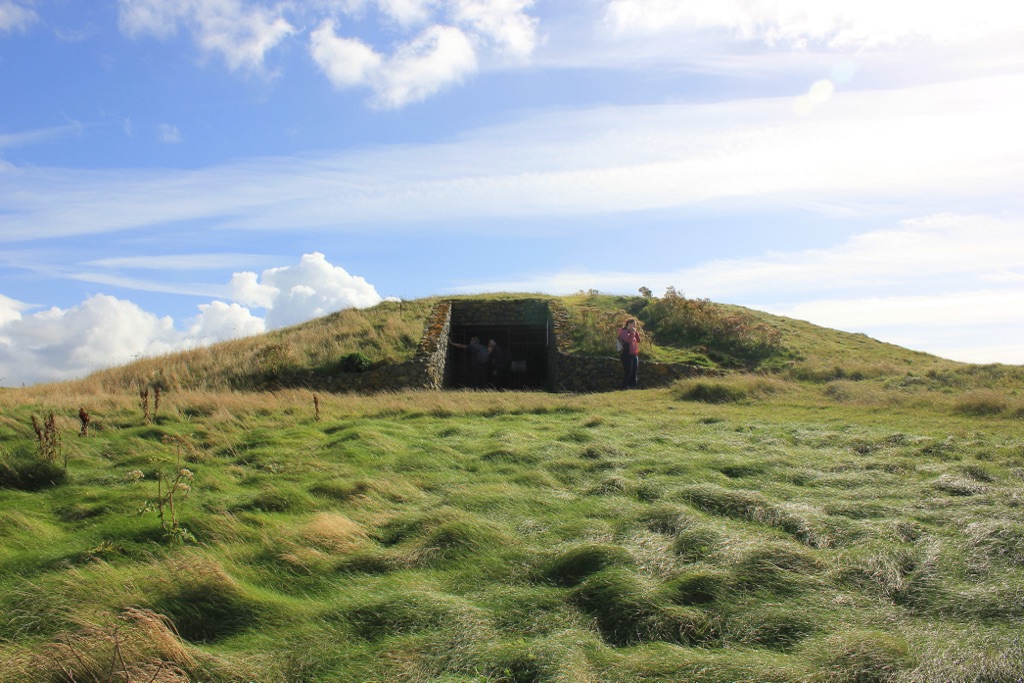Barclodiad y Gawres is a significant prehistoric site located on the western coast of Anglesey, Wales. It’s a Neolithic burial chamber, or passage tomb, known for its cruciform layout and richly decorated stones. The name translates to ‘The Giantess’s Apronful’ in English, hinting at the folklore surrounding this ancient monument. Discovered in the 1950s, it has since been partially reconstructed, allowing visitors to appreciate its historical importance. The site offers a glimpse into the rituals and beliefs of the people who built it over 5,000 years ago.
Get your dose of History via Email
Historical Background of Barclodiad y Gawres
Barclodiad y Gawres was discovered in 1952 by a team led by archaeologist T.G.E. Powell. The site dates back to the Neolithic period, around 2500 BC. It was built by the early farming communities that inhabited the area. These communities left behind a legacy of monumental structures across the landscape. The tomb was used for burials over several centuries, as evidenced by the human remains and artifacts found within.
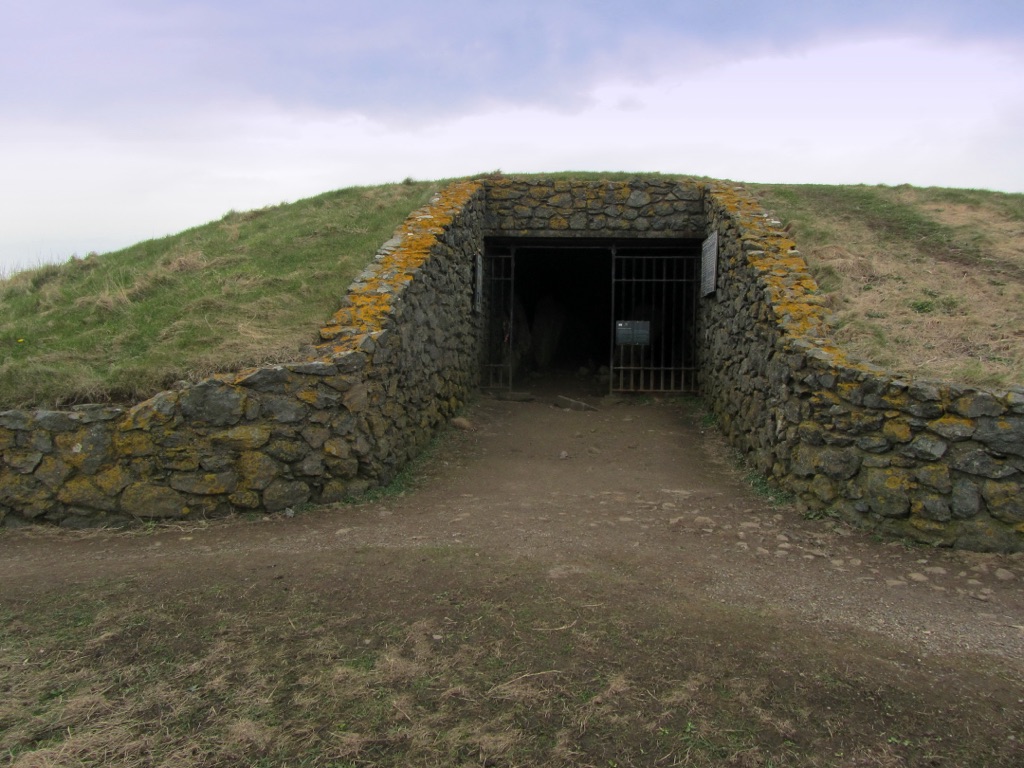
Excavations in the 1950s revealed that the site had been disturbed in the past. Despite this, the team uncovered significant finds, including pottery shards and burnt bones. These suggest that Barclodiad y Gawres was not only a tomb but also a place of ritualistic importance. The site’s builders are unknown, but they were part of a wider megalithic tradition that spanned across Western Europe.
After its initial use, Barclodiad y Gawres seems to have been abandoned. It was not until the modern era that it regained attention. The site has not been the scene of any historically important events in recorded history. However, its significance lies in its connection to the prehistoric past of Wales and the British Isles.
The site underwent restoration in the 1950s to prevent further deterioration. A concrete dome was added to protect the interior. This has allowed for the preservation of the site’s intricate carvings, which are some of the best examples of Neolithic art in the UK.
Today, Barclodiad y Gawres is a protected monument. It is managed by Cadw, the historic environment service of the Welsh Government. The site continues to be a subject of interest for archaeologists and historians, as well as a cultural landmark for visitors and locals alike.
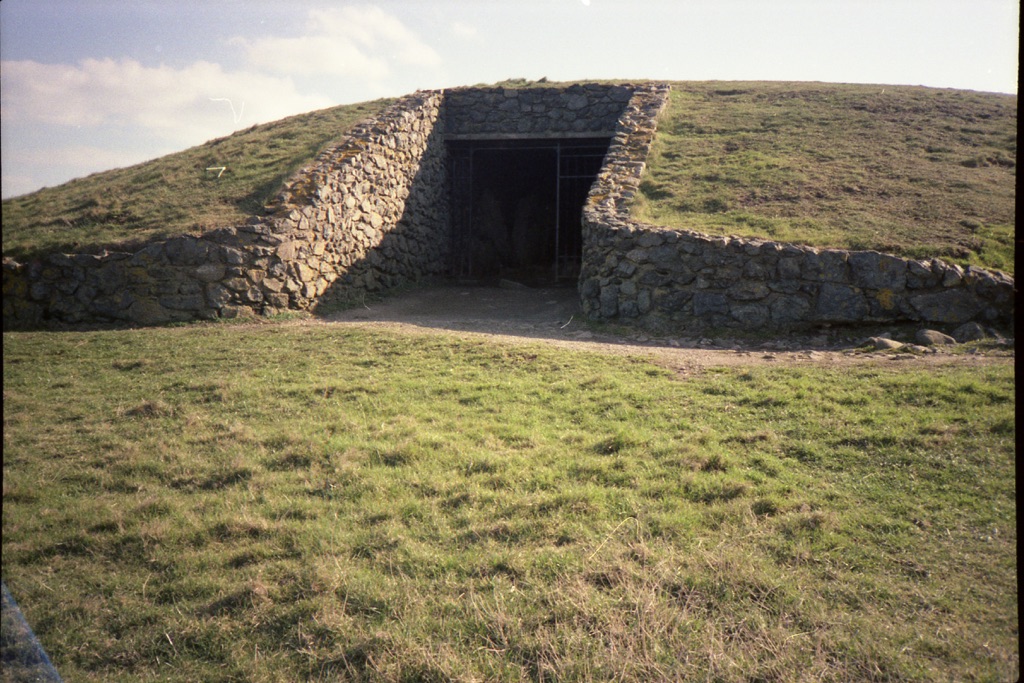
About Barclodiad y Gawres
Barclodiad y Gawres stands as a testament to Neolithic engineering and artistry. The passage tomb features a long, narrow passage leading to a cruciform chamber. This chamber is where the remains and offerings were placed. The structure is built from large stone slabs, some of which are adorned with intricate carvings of lozenges, spirals, and zigzags.
The tomb’s entrance faces the sea, suggesting a symbolic connection between the dead and the natural world. The builders used local stone for construction, which they transported and erected using prehistoric tools and methods. The exact techniques remain a matter of speculation, but they likely involved a combination of human labor, wooden rollers, and levers.
The chamber’s layout is complex, with side chambers branching off from the main passage. This design is characteristic of passage tombs found in Ireland, such as Newgrange. The use of corbeling in the roof of the chambers demonstrates an advanced understanding of stone construction.
During the 1950s restoration, the site was covered with a concrete dome to replicate the original mound that would have covered the tomb. This has helped to preserve the site, although it has altered its original appearance. Visitors can still enter the tomb and view the carvings, which are protected by a gate to prevent damage.

The site’s architectural highlights are undoubtedly the decorated stones within the chamber. These carvings are rare in British Neolithic tombs and suggest a cultural or spiritual significance. They provide a direct connection to the beliefs and aesthetics of the tomb’s creators.
Theories and Interpretations
Several theories exist about the purpose and significance of Barclodiad y Gawres. Most agree that it served as a communal burial site. The presence of human remains and artifacts supports this. However, the site’s exact role in Neolithic society is still debated.
Some suggest that the tomb was a center for ritual activity. The burnt bones and pottery shards found inside indicate ceremonies involving fire and offerings. These practices may have been part of ancestor worship or seasonal celebrations.
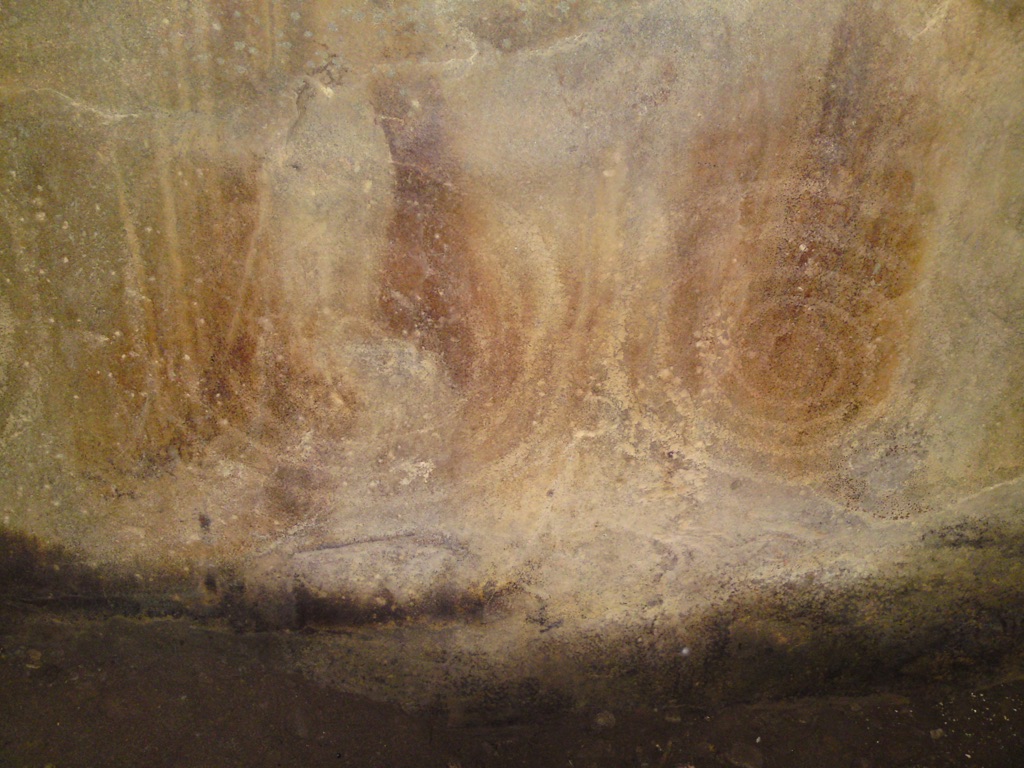
The mystery of the carvings has led to various interpretations. Some believe they represent a form of symbolic language or have astrological significance. Others see them as purely decorative. The true meaning may never be fully understood, but they remain a focal point for study.
Dating of the site has been carried out using radiocarbon methods. These have confirmed its construction in the late Neolithic period. The precision of the dating helps place Barclodiad y Gawres within the broader context of megalithic construction across Europe.
Despite the research, Barclodiad y Gawres retains an air of mystery. Its creators left no written records, so much of what we understand comes from archaeological interpretation. The site continues to captivate those who study it and those who visit, offering a tangible link to a distant past.
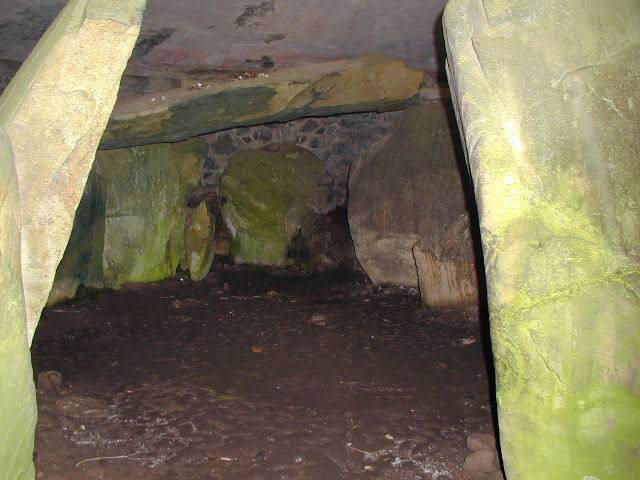
At a glance
- Country: Wales, United Kingdom
- Civilization: Neolithic
- Age: Approximately 5,000 years old (circa 2500 BC)

